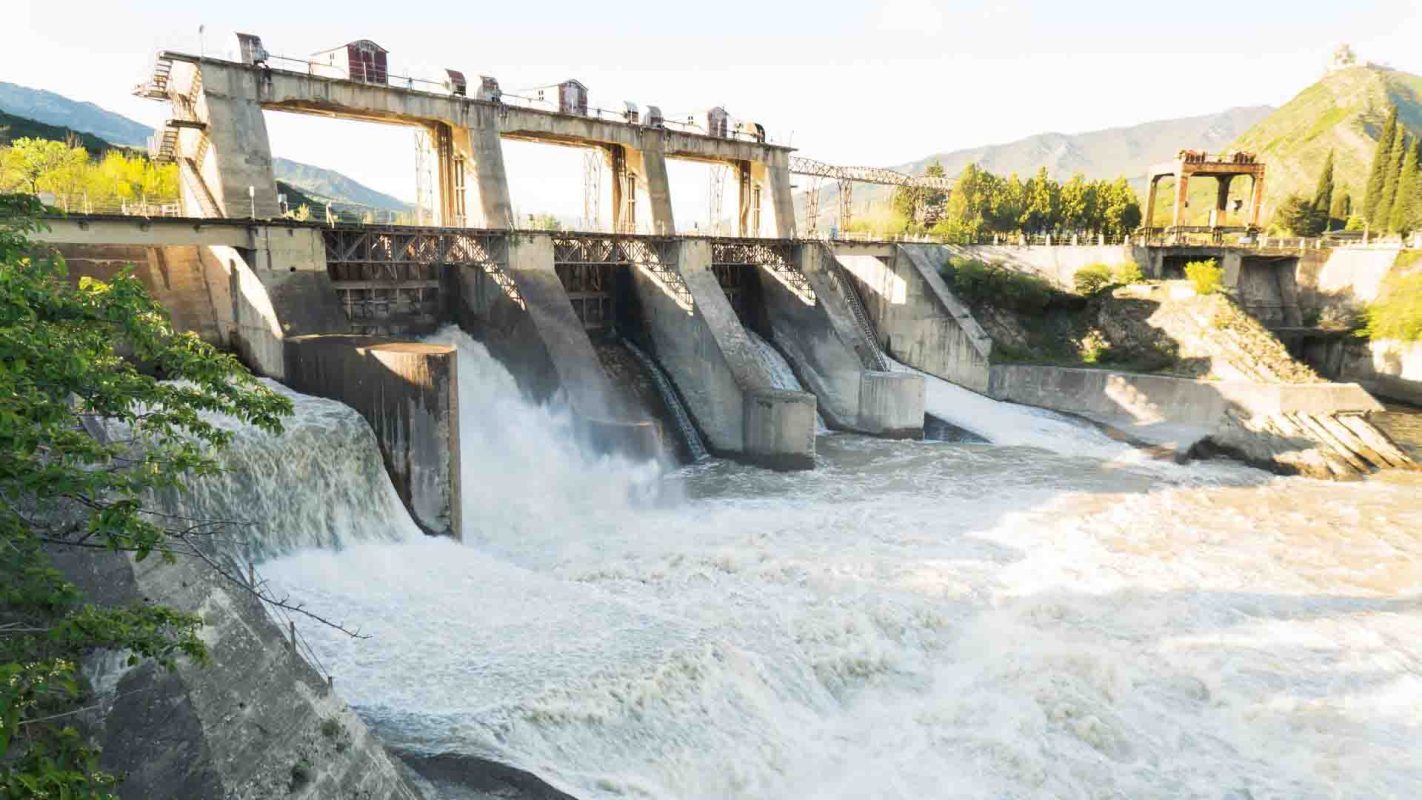California's reservoirs have managed to capture more than 10 million acre-feet of rainwater since December, despite fears that most of the water from the region's recent storms was lost to the ocean.
Between Dec. 1 and Jan. 18, 42 major California reservoirs went from a 31.5% capacity to 54.7%, according to a tweet by Pacific Institute founder, Peter Gleick. Since then, additional storms have pushed reservoirs to 69.9% of capacity.
On Dec 1st, 42 major reservoirs in CA held 9.1 million acre-feet (MAF) of #water, or 31.5% of capacity.
— Peter Gleick 🇺🇸 (@PeterGleick) January 19, 2023
As of Jan 18, these reservoirs hold 15.8 MAF, 54.7% of capacity.
The claim all the #cawater is being lost to the ocean is false. We've captured 6.7 million acre-feet already. pic.twitter.com/nOEfaDcm2N
California has seen a deluge of atmospheric rivers and floods since the beginning of January, yet it is still in the middle of a three-year drought.
This drought is worsening the state's already existing water problem. California has lost over 20 cubic miles of groundwater storage from its Central Valley since 2004 because of excessive water usage.
Dry weather conditions have meant that the state's groundwater has failed to replenish itself at the same rate that it has been pumped.
Fears have been raised about the future viability of California's agriculture industry, which produces a third of the U.S.'s vegetables. Community wells and household faucets are also beginning to run dry.
Droughts are characteristic of California's climate, but experts say that the overheating of our planet is making these recent ones more severe.
Now, it's especially imperative to capture rainwater to replenish California's reservoirs.
Yet, even with several atmospheric rivers dumping trillions of gallons of water across the state, the U.S. Bureau of Reclamation says that 95% of that water has simply flowed back into the Pacific Ocean.
In areas like the Los Angeles River, the water it carries passes over lots of impermeable ground, and 90% of its flow is lost.
But in his tweet, Gleick's figures imply that reservoirs are performing far better than expected, and large volumes of water are still being captured before they reach the ocean.
The State of California recently committed $8.6 billion to water resilience projects like groundwater recharge, stormwater capture, and reservoir storage repairs.
Some reservoir operators have also been experimenting with more dynamic water management protocols.
Sacramento's Folsom Reservoir is currently only permitted to reach 60% capacity, as winter storms could cause it to overflow if it was more full. But predicting weather patterns like atmospheric rivers, instead of relying on rigid guidelines, could allow reservoirs to retain more water for longer.
"We have to think about operating the reservoirs differently," Gleick told The Atlantic. "They're designed and operated for yesterday's climate, not for the climate of today or tomorrow."
"California isn't waiting to act — we're moving aggressively to modernize how we capture and store water to future-proof our state against more extreme cycles of wet and dry," Governor Gavin Newsom said in a statement.
Join our free newsletter for cool news and cool tips that make it easy to help yourself while helping the planet.









